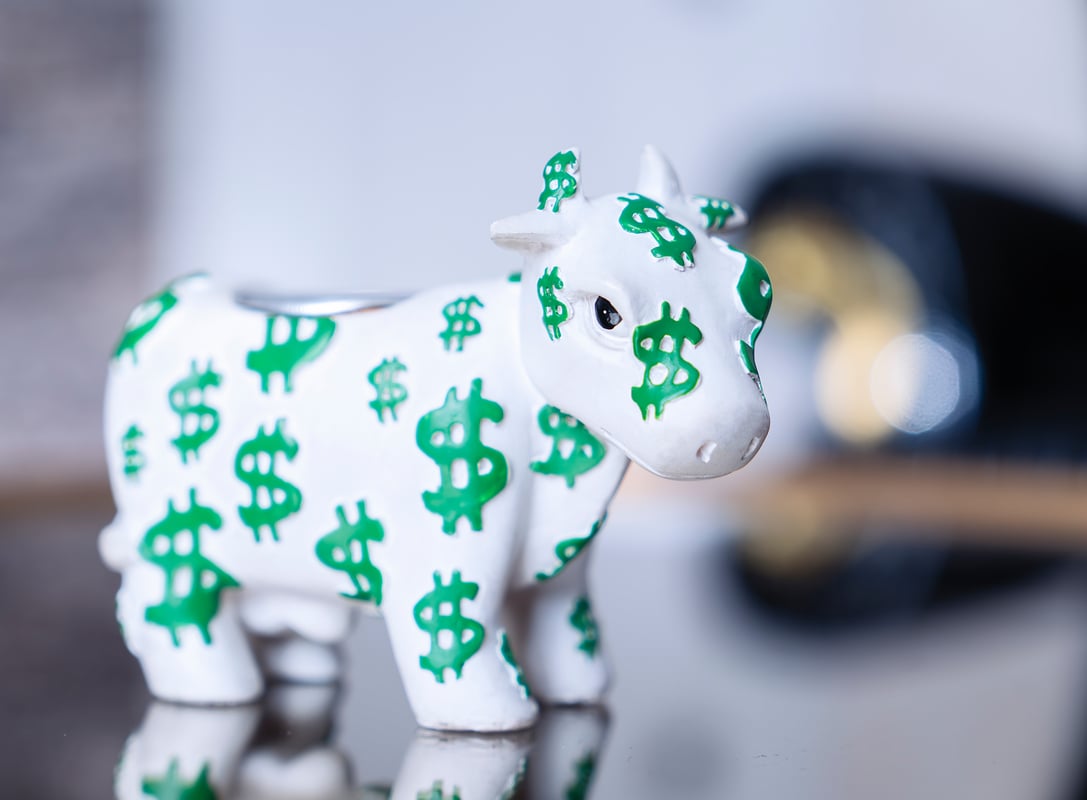
Source: Franck BLAIS
Corporate executives are hungry -- hungry for their own shares, that is.
The average S&P 500 (SPY +1.11%) component spent more buying back its own stock in the last 12 months than it spent paying dividends, according to FactSet data.
Will buybacks pay off for shareholders?
Investors have a love-hate relationship with buybacks. For one, executives demonstrate poor market-timing skills as a whole, buying back stock at high prices and canceling repurchase activity at market bottoms. And let's not forget that small buybacks often cover up new stock options issued to the very same executives.
Of course, there are two sides to every coin. Buying back stock is a tax-efficient mechanism for returning cash to shareholders. Whereas dividends are taxed at up to 23.8% for earners in the top brackets, share repurchases do not trigger an immediate tax liability. That makes them a favorite among total-return value investors.
In a letter to Berkshire Hathaway (NYSE: BRK-A) (NYSE: BRK-B) shareholders, Warren Buffett once wrote:
"Charlie and I favor repurchases when two conditions are met: first, a company has ample funds to take care of the operational and liquidity needs of its business; second, its stock is selling at a material discount to the company's intrinsic business value, conservatively calculated."
To sum it up: If a company's stock is cheap with conservative inputs, and it has no other use for cash on hand, buying back stock is a great use of cash. In fact, Buffett has his own repurchase criteria for Berkshire Hathaway: He'll buy at any price lower than 1.2 times book value.
These companies are buying like mad
So, who's most active in buying back their own stock? This one may surprise you: Dun & Bradstreet (DNB +0.00%), a small-cap corporate credit ratings company.
Though it's not widely followed, Dun & Bradstreet has robust capital allocation plans that favor shareholders. It repurchased 16.9% of its outstanding shares in the last year, and since 2003, its share count has fallen by 43%. The company's core business model requires very little in the way of new investment, allowing it to return virtually all of its earnings to shareholders each year.
Other financial sector companies were also in the market for their own stock. AIG (AIG 0.76%) cut its share count by 14.6% in the last 12 months, purchasing the average share at a 14% discount from where it trades today.
AIG still has a long way to go to bring its share count back to a pre-financial crisis level. At one point, the U.S. Treasury owned 92% of the company -- ownership derived from newly issued shares.
Even after the financial crisis dilution, AIG still finds relative value in its shares, which trade for 75% of their tangible book value.
The Foolish bottom line
Quarterly data can be interpreted and digested in a million different ways, but it should serve first and foremost as a reminder. Remember that the primary role of the corporate manager is to make capital allocation decisions on your behalf, and that means making decisions about what's rightfully yours to ensure the best possible returns.
Look into your own portfolio to see who is buying back stock and who's issuing new stock. You may be surprised at what you find.









